Borewells are narrow, deep holes drilled into the ground to access underground water sources like aquifers.
The water extracted from borewells is commonly used for agricultural, industrial, and domestic purposes, contributing significantly to water supply sustainability. They are essential for supplying water in areas with limited surface water resources. Borewell drilling involves specialised equipment such as drilling rigs and casing pipes.
Borewell
1.
Site Survey
Conducting a thorough site survey to assess geological conditions, water availability, and depth requirements before drilling begins.
Drilling Equipment
Using appropriate drilling rigs equipped with drilling bits suitable for the geological formation, such as rotary drilling rigs for hard rock or direct push rigs for softer soil.
Casing Installation
Installing casing pipes into the borehole to prevent collapse and contamination of the well, typically made of materials like PVC or steel.
Drilling Fluids
Using drilling fluids like mud or water to lubricate the drill bit, stabilise the borehole walls, and carry cuttings to the surface during drilling.
Depth Monitoring
Monitoring the drilling depth continuously to ensure the borewell reaches the desired aquifer or water-bearing formation.
Well Development
Flushing and cleaning the borewell to remove drilling debris, sediment, and fine particles, improving water flow and quality.
2.
3.
4.
5.
6.
More On Borwell
Pump Installation
Installing submersible pumps or other pumping systems in the borewell to extract water efficiently for various purposes.
Water Quality Testing
Conducting water quality tests to assess the chemical and physical properties of the water extracted from the borewell, ensuring it meets regulatory standards for safe use.
7.
8.









